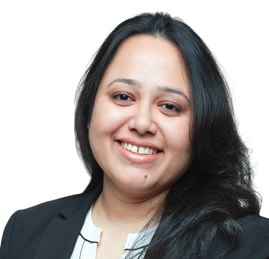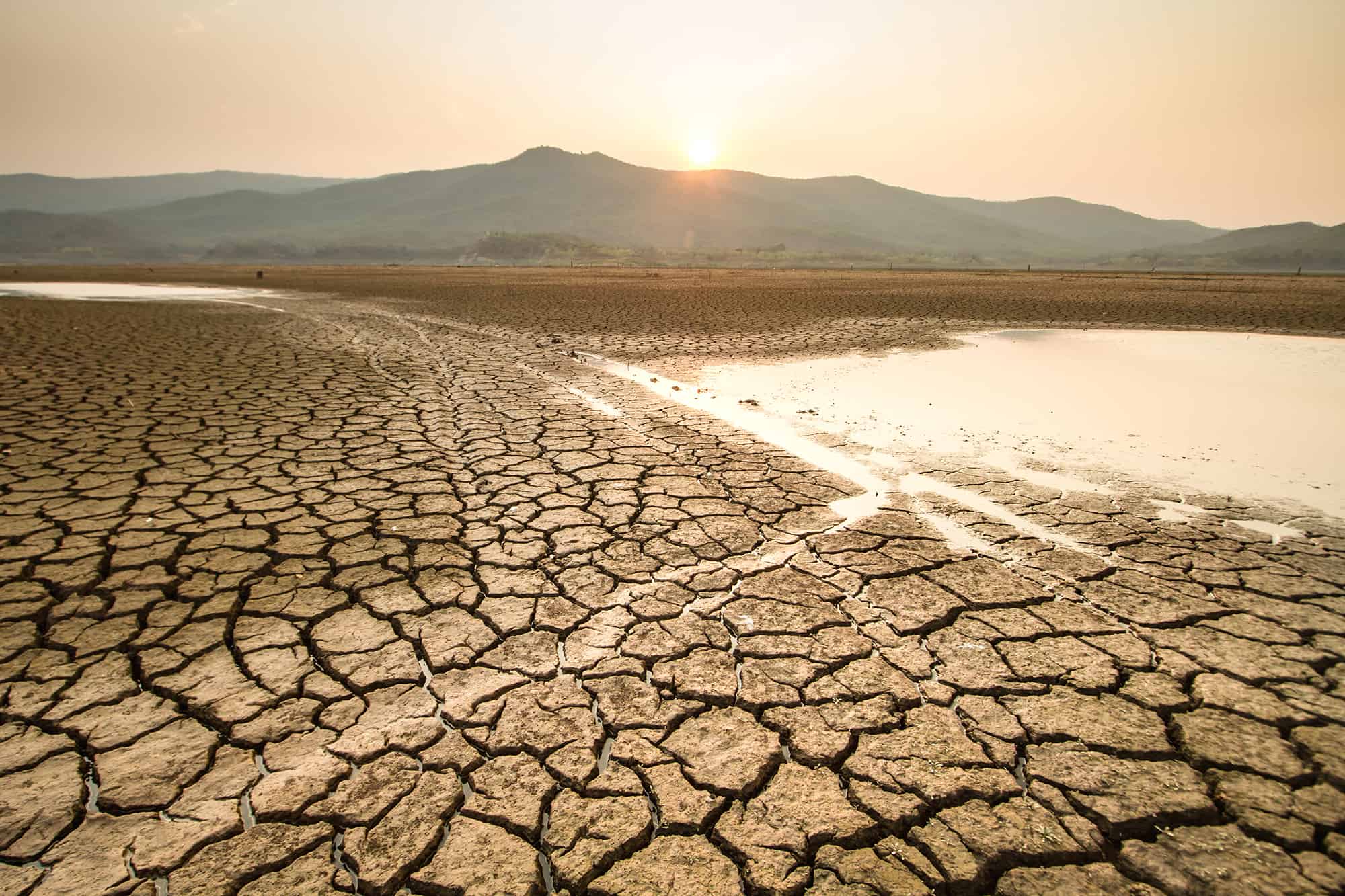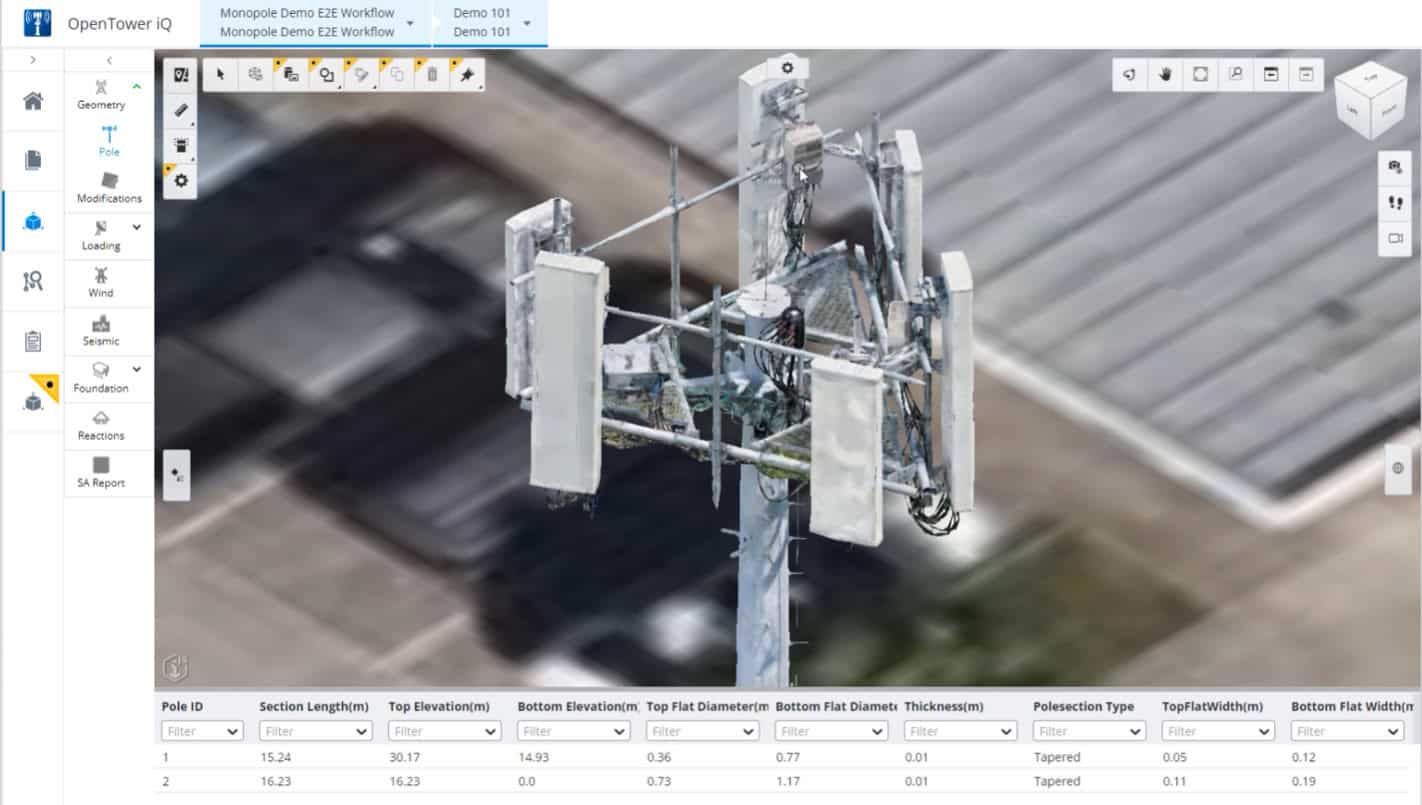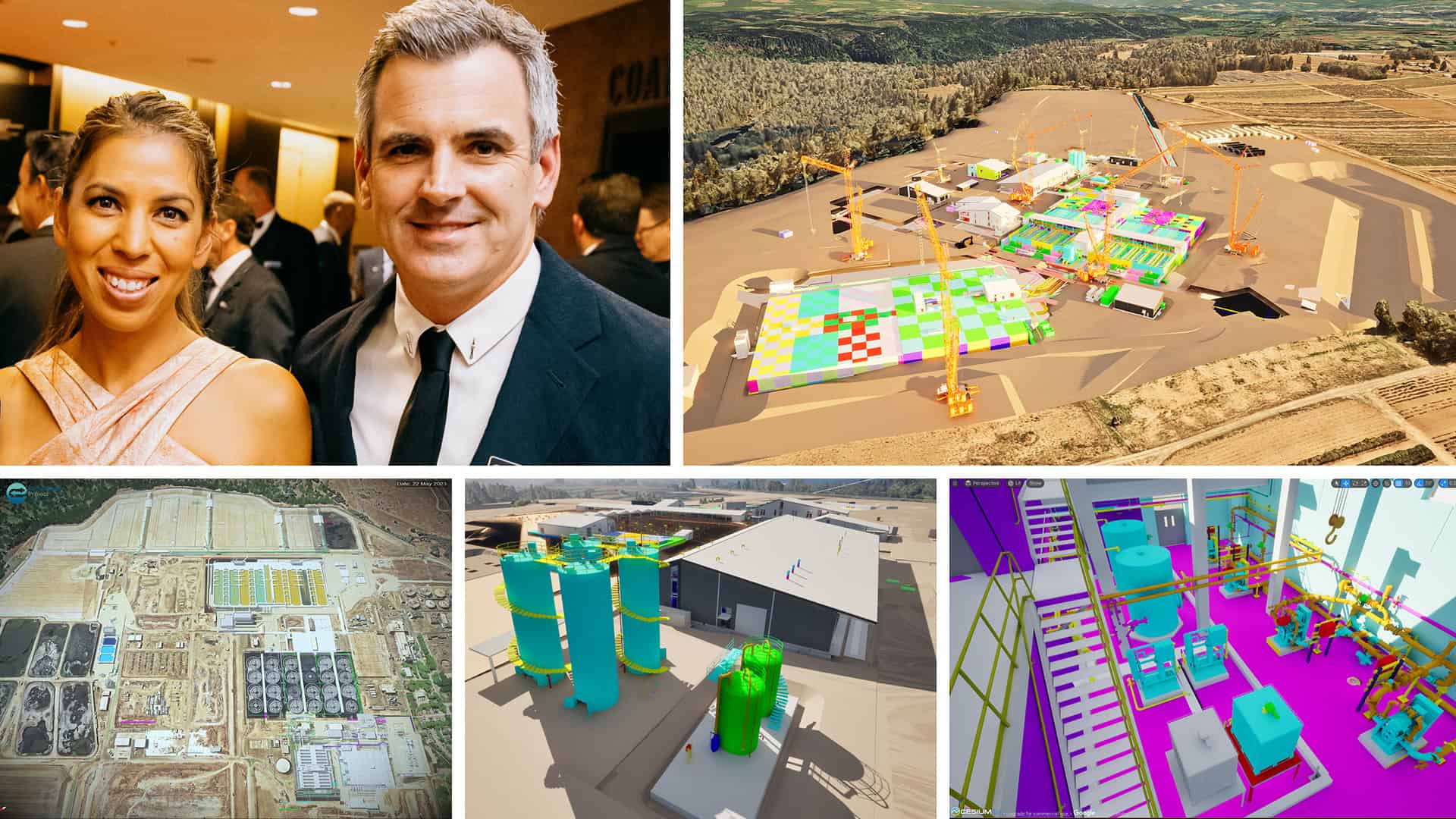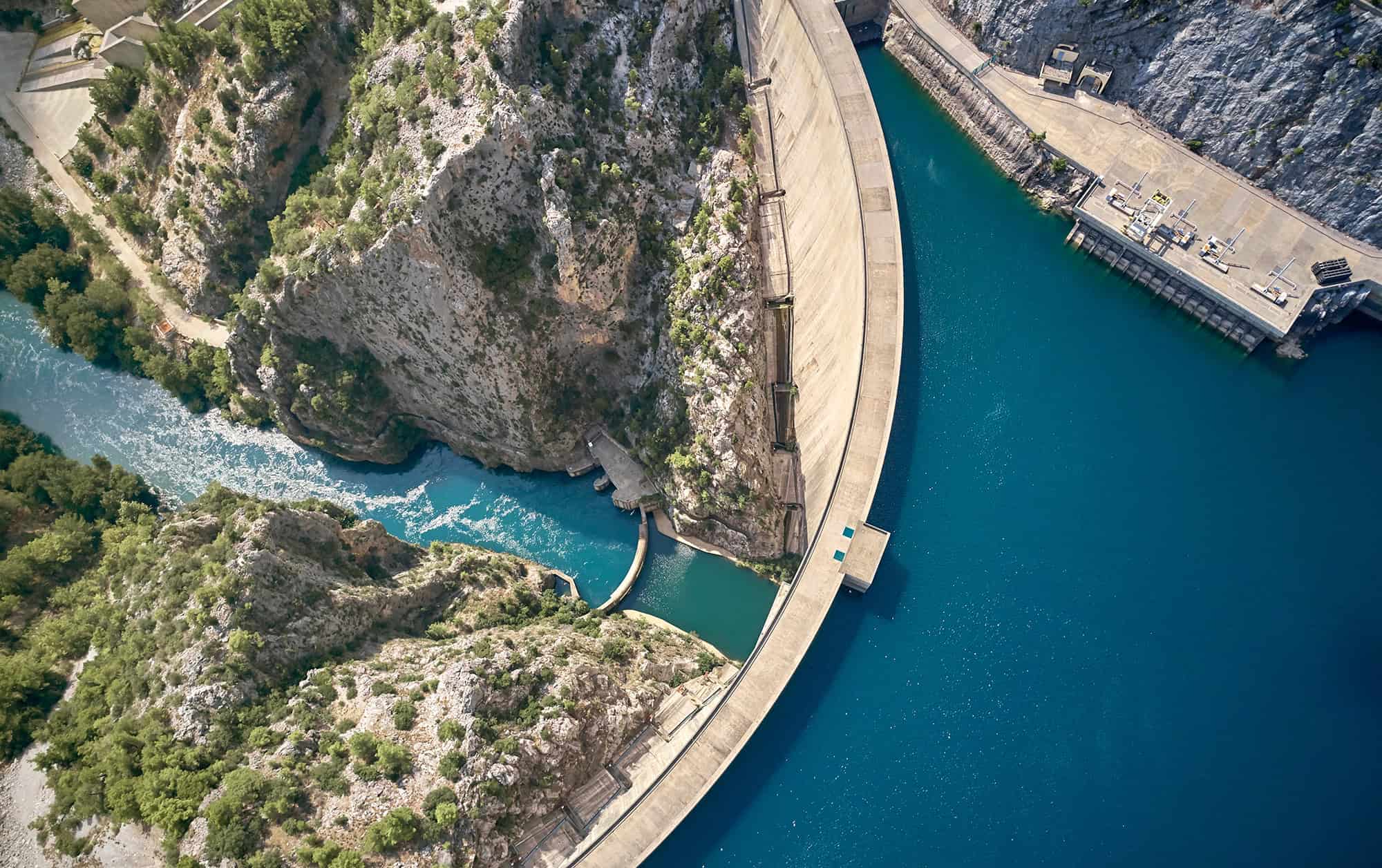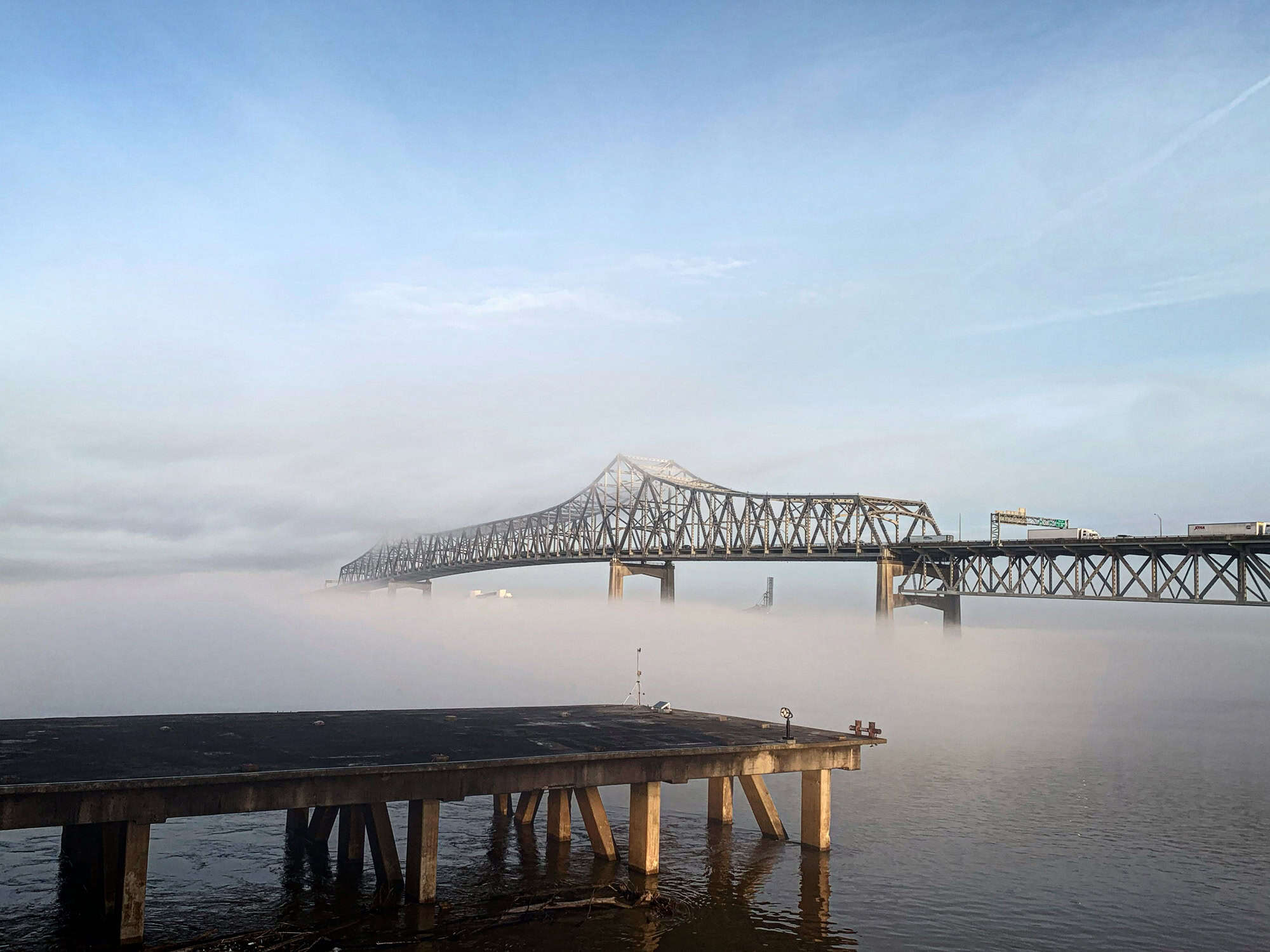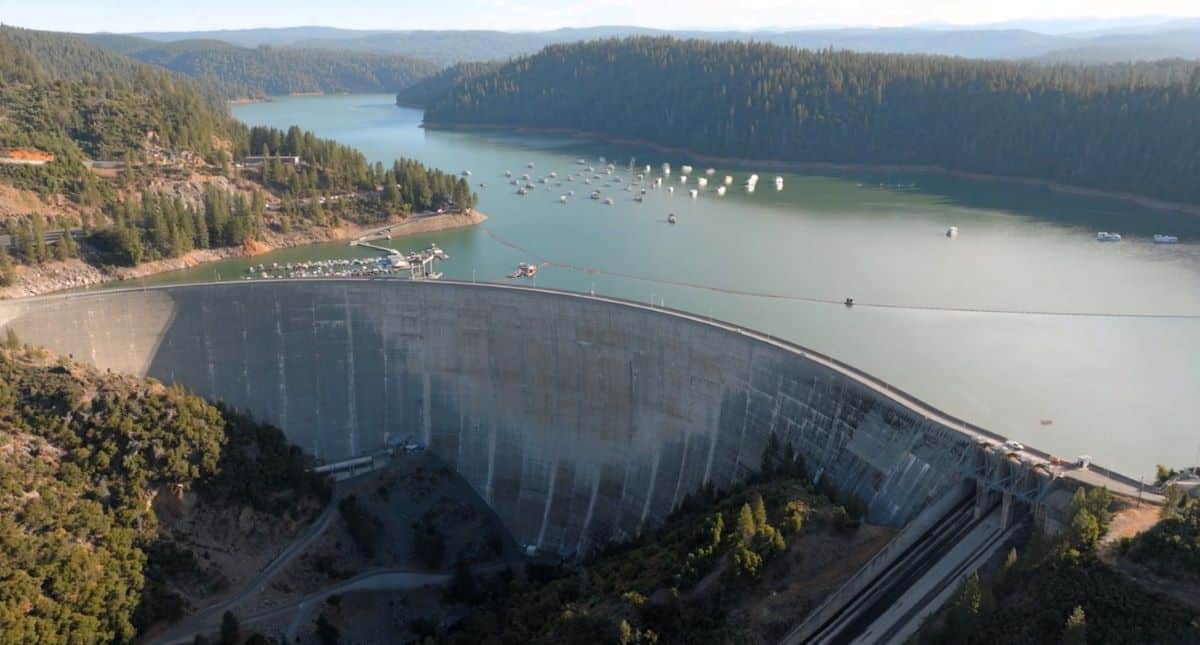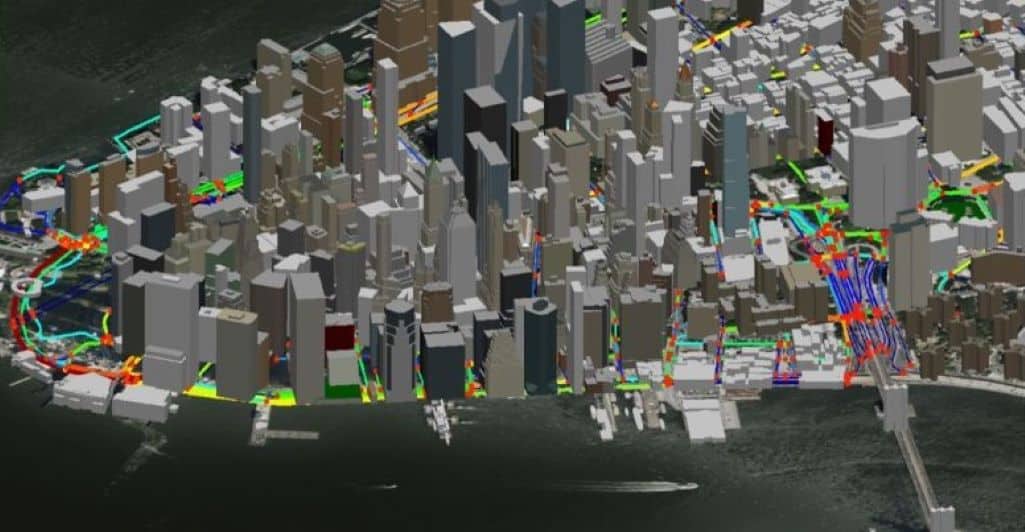The landscape of the Middle East has been one of the biggest challenges in the region, which has brought about challenges like water scarcity. Though organizations across the globe are working relentlessly to tackle this major threat, the efforts need to be accelerated further to meet the United Nation’s Sustainability Goals (SDGs).
Climate change has been one of the major reasons for increasing water scarcity, and the rising demand for water along with weak water governance, adds to the severity of this global issue. The deteriorating quality of water services, increasing population, urbanization, rising agricultural demand, and depleting groundwater resources also cause pose challenges in mitigating this issue.
Experts project that failure to address these challenges will not only cause social and environmental challenges but has the potential to create huge economic crises that hinders growth, increase vulnerability and even cause compound social and political fragility. In the long run, water scarcity can result in limited supply and increased tariffs, jeopardizing the delivery of reliable and affordable water services.
If current trends continue, water demand in the Gulf Cooperation Council (GCC) region will rise by 62 percent by 2025, and, to meet the rising demand, regional governments have already increased their efforts. However, the MENA region is currently facing significant challenges as it embarks on major investment initiatives to increase capacity, conserve water resources, and manage consumption, thereby extending the operational lifetime of existing assets. Governments throughout the region can ensure a steady supply of clean water to local communities by implementing modern technology and innovative solutions and tools.
Over the past few years, the world has witnessed a digital revolution and water services are no exception. Currently, industry stakeholders are widely adopting technologies like large-scale reverse osmosis (RO) desalination, smart grids, and metering to increase existing supply and production capacity, to create a resilient and sustainable water supply system for the future, which is driven by data efficiency. The MENA region is also on a path to widely adopt large-scale digitalization practices to tackle this issue.
Currently, MENA region’s key stakeholders in the water sector are now gravitating towards cutting-edge technologies to ensure both operational expenditure (OPEX) and capital expenditure (CAPEX) are made as efficiently and sustainably as possible. One of the most notable technology implementations to secure the water ecosystem of the region is the digital twin, which experts say will be instrumental to the sector’s future success.
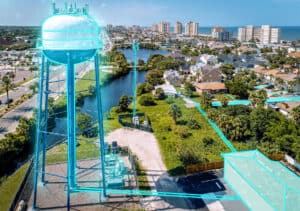 Digital twins can be an effective solution to aid in the management and improvement of water resources.
Digital twins can be an effective solution to aid in the management and improvement of water resources.A digital twin is a virtual representation of real-world entities and processes, synchronized at a specified frequency and accuracy. Digital twin systems help businesses transform by accelerating holistic understanding, supporting optimal decision-making, and enabling effective action. It can be a system, software, or program that monitors and uses real-world data to create simulations that can predict how an asset will perform. By effectively using the data, operators can understand predictive maintenance requirements, reduce costs, and create engineering and product design efficiencies and improvements. For example, a sewer collecting system may experience untreated effluent discharge when flows are too high, as they are during periods of severe rain or flooding. To prevent spillage, the flow can be forecast in real-time using the hydraulic modules of a digital twin, which can use a variety of sensors.
TOOLBOX OF SUPERPOWERS: Digital Twins Can Help Water Operations Look Super-powered
Even though a digital twin does not have the capacity to offer optimum solutions to mitigate the challenges facing the water ecosystem, it will go a long way to converting it to a more sustainable and efficient process. Digital twins can be an effective solution to an existing problem, which can help identify issues that can be resolved after implementation.
Despite these initiatives, UN Water warns that the region has not made enough progress towards clean water and sanitation goals under UN Sustainable Development Goal #6 and is not on track to attain water security as outlined in the UN’s Vision 2030. The problem facing the water sector, which is getting more complex and urgently has to be solved, calls for a paradigm shift beyond conventional water and sewerage infrastructure. With the increasing global pressure to tackle this major issue and the climate clock ticking, utilities, operators, and developers have a major incentive to explore new ways of working. In line with this, many cities in the MENA region have implemented remarkable projects to ensure water security.
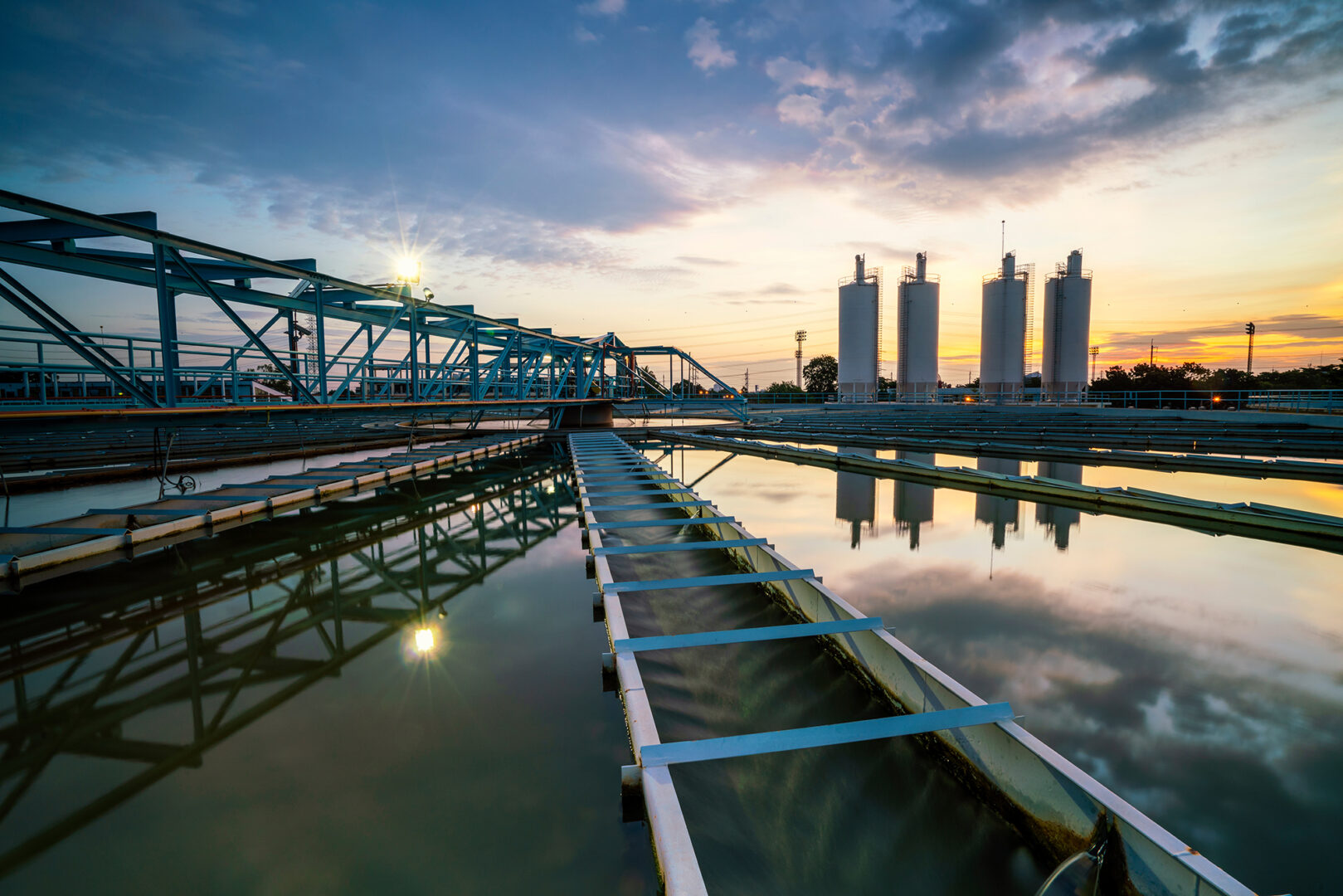 Nearly 70 percent of the desalination plants in the world are located in the MENA region. The region’s water sector is harnessing digital technology to optimize the performance of transmission and distribution networks through metering and smart grids.
Nearly 70 percent of the desalination plants in the world are located in the MENA region. The region’s water sector is harnessing digital technology to optimize the performance of transmission and distribution networks through metering and smart grids.For instance, the Abu Dhabi Government and AECOM created a water quality open-loop control to improve the water quality and lower water hammer in the potable water network of the Al-Raha Beach Development. As part of the study, they simulated various decay factors and measured water quality metrics under various scenarios using Bentley OpenFlows WaterGEMS and HAMMER. According to the Water Quality Guidelines for the Regulatory and Supervisory Bureau in Abu Dhabi, the approach ensured that all water-quality metrics would fulfill regional norms and requirements. The team created a digital twin of the asset using cutting-edge technology, which helped them visualize the project. This eliminates the need for numerous trial runs and data entry time. The sustainable system helped reduce 30 percent lower capital cost owing to the use of technology.
Similarly, the Al-Wajeed Water Master Plan in Saudi Arabia’s Empty Quarter desert was efficiently designed with the help of digitalization to ensure water for half a million drought-affected people. Bentley’s OpenFlows technology helped the nation complete the project more quickly and for less money than originally estimated. Currently, the water treatment plant and conveyance system operates with a capacity of 68,000 cubic meters per day, with 600 kilometers of water pipelines covering roads with harsh desert climates and connecting high-volume reservoirs. The hydraulic model’s integrated SCADA components enhance the smart water system’s resilience and real-time monitoring capabilities.
These projects highlight the significance of widely implementing new strategies to ensure access to clean water. Associating with key stakeholders in a digital twin connected environment will help us to learn from past experiences and design future-proof projects to achieve water goals.
Aiming to mitigate the adverse effects of climate change, it has become necessary to leverage digital solutions that accelerate actions and ensure long-term changes. Following UN Sustainable Development Goal #6, which calls for efforts to ensure the availability and sustainable management of water and sanitation for all, the world should proactively engage in innovative projects and plans.
This story is an excerpt from the MEED’s Securing Supply in the Middle East Report in partnership with Bentley Systems.
Sarah Rizvi is a versatile journalist and content specialist with over 15 years of experience in creating content for a business and consumer audience in the technology space. As MEED’s commercial content editor, Sarah manages the editorial side of commercial projects, in-house events, and MEED’s Premium Insight Reports. Her position as the editor of some of the leading titles and publishing houses in the Middle East has afforded her a front-seat view into the most important trends and opportunities in the technology segment across various sectors.
